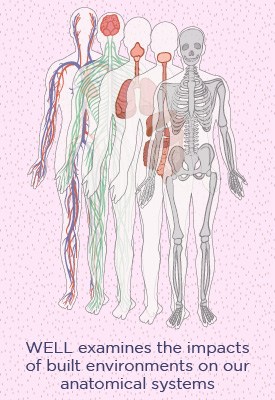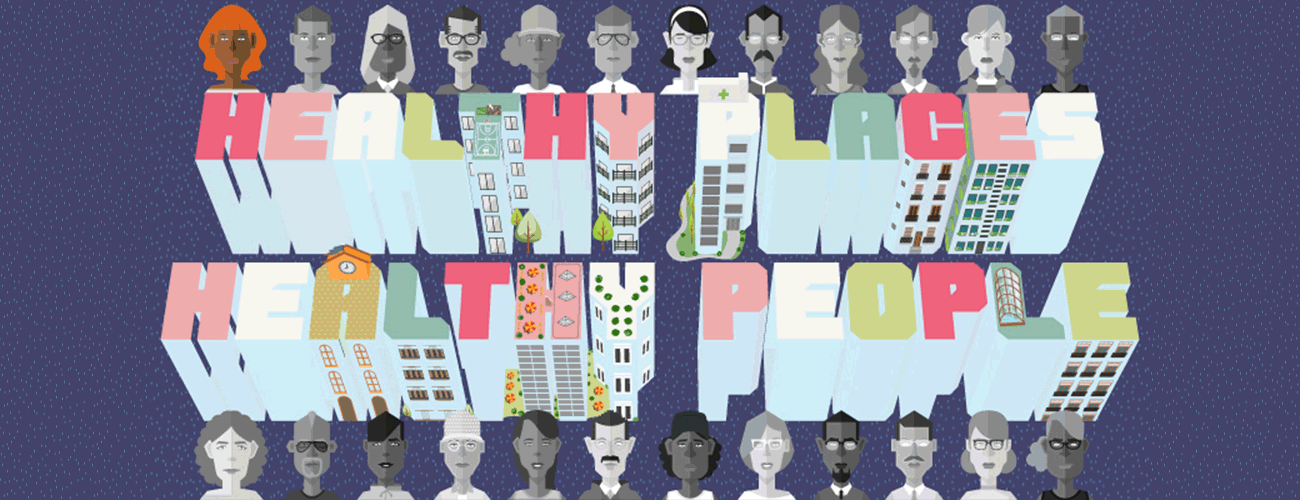Healthy Places, Healthy People: Green Buildings Improve Human Health and Wellness
As the environmental movement has worked to restore and reinforce links among living systems, the objective position has been to place humankind at the center of these systems. As Rachel Carson astutely pointed out that everything is linked, an anthropocentric approach leads us to better understand the logic of environmentalism as being all about us in the first place. As the US Green Building Council’s LEED rating system is about the impact of the building on the environment, the WELL Building Standard is about the impact of the building on human health. If human health is nurtured, the reasoning goes, all other sustainability concerns will fall into place.

WELL was written by doctors, architects and engineers, and looks at the impact of buildings and spaces upon our own eleven systems:
- cardiovascular
- endocrine
- immune
- integumentary
- nervous
- skeletal
- muscular
- respiratory
- urinary
- reproductive
- digestive.
Similarities to LEED abound, with Preconditions (prerequisites), Measures (credits), Gold and Platinum certifications. But unlike the LEED categories of Sites, Water, Energy, Materials and Indoor Quality; the WELL impact areas are Air, Light, Water, Comfort, Fitness, Nutrition and Mind. The rating system has a clean logic to it and, once one becomes immersed, the imperative of the rating system becomes not only understandable, but compelling.
WELL is currently on a growth trajectory, with 30 million square feet of registered projects in 14 countries, despite being only two years old. Factors behind this growth include the economic reality that we spend nearly 100 times more per square foot on personnel than we do on energy, as well as the desire to further the ideal of healthy and productive interiors. evolveEA is providing WELL management for a large regional healthcare concern. We have found the logic of the system and the care taken by the project team to be as compelling as with any LEED project.
evolveEA is also working on a LEED for Healthcare project for a national healthcare concern. With the rallying cry of “First do no harm… then heal” the rating system rewards hospital projects that use the progressive sustainable strategies of areas of respite, connections to the outdoors, the elimination of mercury and the limitation of Persistent Bioaccumulative Toxic (PBT) chemicals.
These health-related standards bring a sharper focus to human health, with the creation of environments codified to be conducive to not only healing, but food quality, exercise, light quality and air quality. Health care spending is currently 20% of the US GDP, but only 4% of this $2.7 trillion is spent on prevention, notably behavior and environment. After all, the construction industry arguably has a greater impact on public health than physicians do. Whether the motivation is people-centered or planet-centered, there’s an undeniable logic to using health as a starting point.


